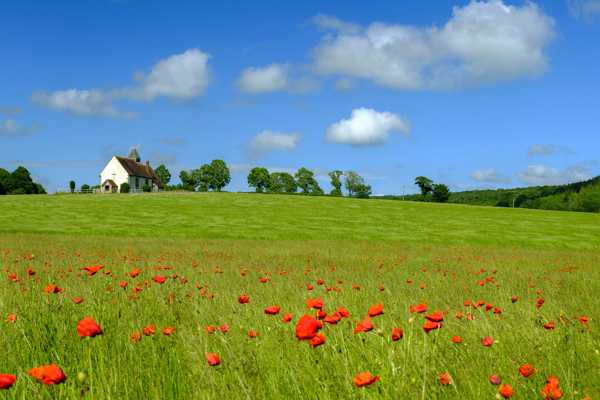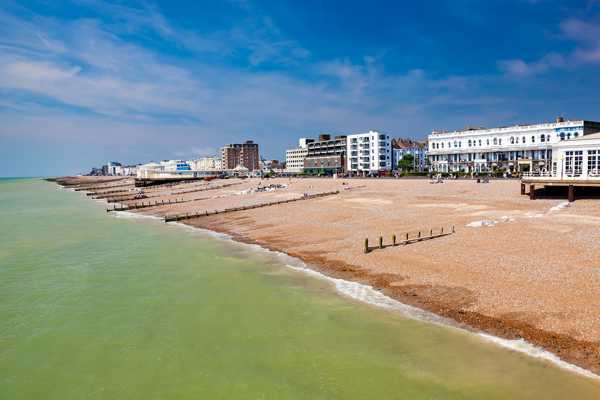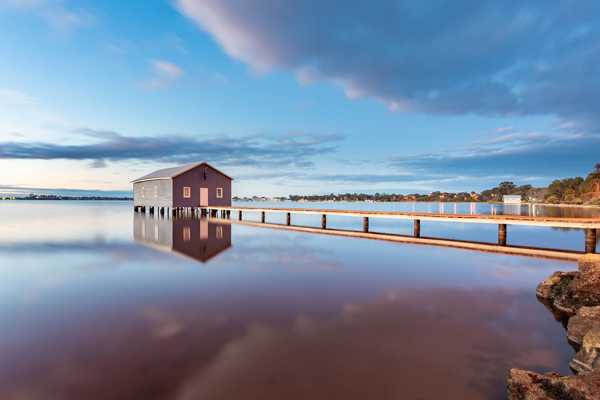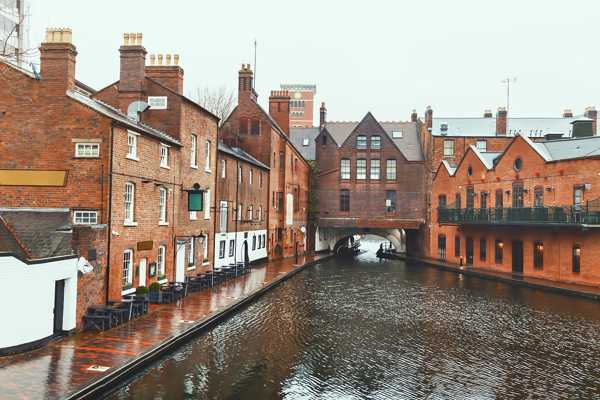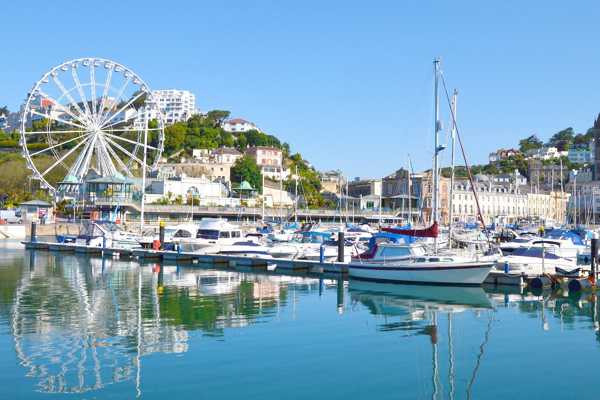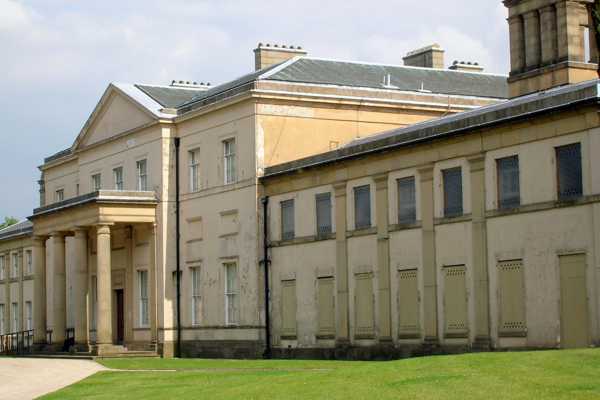The villages of West Sussex are full of pretty cottages and historical sites, providing glimpses of traditional life in Britain. Many make excellent bases for exploring the countryside and nature reserves thanks to modern amenities like hotels, shopping malls, and restaurants.
Looking for a beach getaway? Head over to West Sussex’s seaside towns and villages to find Blue Flag beaches, water sports centres, and wide promenades overlooking the English Channel. Great for those looking for a break from the city, check out our guide to the most picturesque villages in West Sussex.
- 1
Billingshurst
Check out rustic and timber-framed 16th-century buildings

- Historia
- Foto
Billingshurst is a small yet bustling village in West Sussex, between the Surrey Hills Area of Outstanding Natural Beauty and South Downs National Park. While it makes for a great base for exploring both nature reserves, there are plenty of things to see if you're interested in historic buildings.
Timber-framed buildings line the High Street – a must-see is a chemist's shop dating back to the 17th century. Billingshurst has several notable churches, including the 12th-century St Mary's Church and Unitarian Chapel founded in the 1750s. End your day with real ales and classic British dishes at historic pubs like the King's Arms and Ye Olde Six Bells.
Mapa - 2
Chichester
Visit the ruins of Fishbourne Roman Palace

- Historia
- Foto
Chichester, technically a cathedral city, is a great place to see ancient Roman and Anglo-Saxon structures in West Sussex. One of its most significant landmarks is the Fishbourne Palace, an opulent Roman residence dating back to AD 75. It has the biggest collection of Roman mosaics in the UK.
Consecrated in the 12th century, Chichester Cathedral contains carved reliefs, medieval misericords, and the remains of a Roman mosaic pavement. If you’re an art enthusiast, the Pallant House Gallery has one of the world’s best collections of 20th-century British art.
Mapa - 3
Arundel
A great place to catch some of the best festivals in Sussex

- Historia
- Foto
Arundel is a market town dominated by a grand castle dating back to the 19th century. The town itself lies close to the River Arun, with dozens of waterside pubs, tearooms, and restaurants. The picturesque setting is a big draw among city dwellers and they can find many traditional markets, independent shops, and art galleries here.
Arundel Castle is one of England’s largest, surrounded by beautiful gardens and the Sussex countryside. The town hosts many popular festivals, including Arundel Cathedral’s Feast of Corpus Christi, Arundel Arts Festival, and Carpet of Flowers.
Mapa - 4
Amberley
A village in an Area of Outstanding Natural Beauty

- Historia
- Foto
The village of Amberley lies at the foot of the South Downs, on the River Arun. It has winding medieval lanes lined with thatched cottages and buildings dating back to the 16th and 17th centuries. A notable landmark is the 12th-century Amberley Castle, now a luxury hotel and restaurant.
Amberley is in an Area of Outstanding Natural Beauty, with the castle and St Michael’s Church forming the village’s historic core. You can get to Amberley via train on the Arun Valley line, which has train stations in London, Bognor Regis, and Portsmouth.
Mapa - 5
Bramber
Visit a timber-framed house that inspired Sir Arthur Conan Doyle

- Historia
- Foto
Bramber is a downland village in West Sussex, on the west side of the River Adur. The remains of Bramber Castle, an 11th-century Norman motte-and-bailey castle, can be found on a small hill within the village. Nearby is the 13th-century Bramber Parish Church of St Nicholas, Sussex’s oldest post-Norman Conquest church.
Bramber is also famous for St Mary's House, a historic pilgrim inn surrounded by 5 acres of gardens. It was the setting of many iconic books, including Sir Arthur Conan Doyle’s The Musgrave Ritual and Oscar Wilde's The Importance of Being Earnest.
Mapa - 6
Horsham
A market town with excellent shopping opportunities

- Foto
- Ir de compras
Horsham is one of West Sussex’s liveliest market towns, having been around since AD 947. Its streets are a mix of small alleyways, pedestrianised lanes, and beautiful piazzas. You can find many speciality shops selling vintage fashion, antiques, and home décor.
Prominent shopping areas in Horsham include the Forum, Piries Place, and Swan Walk. The Carfax is an open-air square in the town centre that hosts markets on Thursdays and Saturdays. Take a break from shopping with a picnic in Horsham Park or a show at The Capitol Theatre.
Mapa - 7
Worthing
A seaside town with an award-winning Victorian pier

- De aventura
- Familias
- Foto
Worthing is a lively seaside town on England's South Coast, between Brighton and Bognor Regis. It has an award-winning pier dating back to 1862. It’s a great place for cycling and strolling with views of the English Channel and the coast from Brighton to Newhaven Cliffs.
Within the town, you can find live entertainment venues such as the Connaught Theatre, Assembly Hall, and Pavilion Theatre. The Worthing Museum and Art Gallery has one of the UK’s largest collections of traditional costumes. If you’re into water sports, Worthing is excellent for windsurfing and kitesurfing.
Mapa - 8
Clayton
Visit historic windmills nicknamed Jack and Jill

- Historia
- Foto
Clayton is a small downland village in the Mid Sussex district, about 4 miles north of Chichester. It’s famous for its Grade II-listed windmills, locally known as Jack and Jill. Both mills date back to the 19th century, though only Jill is open to the public and only on Sundays between May and September.
St John the Baptist's Church is an Anglo-Saxon building, displaying the oldest surviving examples of wall paintings from the early 12th century. The ornate murals are believed to be the work of monks from Lewes Priory. Clayton makes a great base for exploring the Devil’s Dyke, a deep valley with ancient footpaths and cycling routes with views of colourful wildflowers.
Mapa - 9
Boxgrove
Famous for the remains of Boxgrove Priory

- Historia
- Foto
Boxgrove is a small but picturesque Anglican village south of the South Downs chalk hills. Its most notable landmark is the ruins of the 12th-century Boxgrove Priory, which served as a Benedictine monastery until it was dissolved by Henry VIII in 1536. It now serves the local community as the Church of St Mary and St Blais.
Boxgrove is an important geological site in West Sussex – an excavation in Eartham Pit led to the discovery of Acheulean flint tools and the Boxgrove Man, Britain’s oldest human remains.
MapaFoto de Michael Coppins (CC BY-SA 4.0) modificada
- 10
Burgess Hill
A 17th-century town surrounded by parkland

- De aventura
- Historia
- Foto
Burgess Hill dates back to the 17th century but has many modern amenities, shopping centres, restaurants, and leisure centres. The town is excellent for nature lovers as it’s surrounded by notable nature reserves like Ditchling Common Country Park, Bedelands Nature Reserve, and Hammonds Ridge Meadows.
The town itself is best explored on foot – traffic-free streets lead you to Victorian houses and terraced cottages built in the late 19th century. A must-see is Hammond Place, a Grade II-listed Elizabethan residence built in 1565. Fancy a round of golf? Burgess Hill is within a 10-minute drive of the Mid Sussex Golf Club and Pyecombe Golf Club.
Mapa

